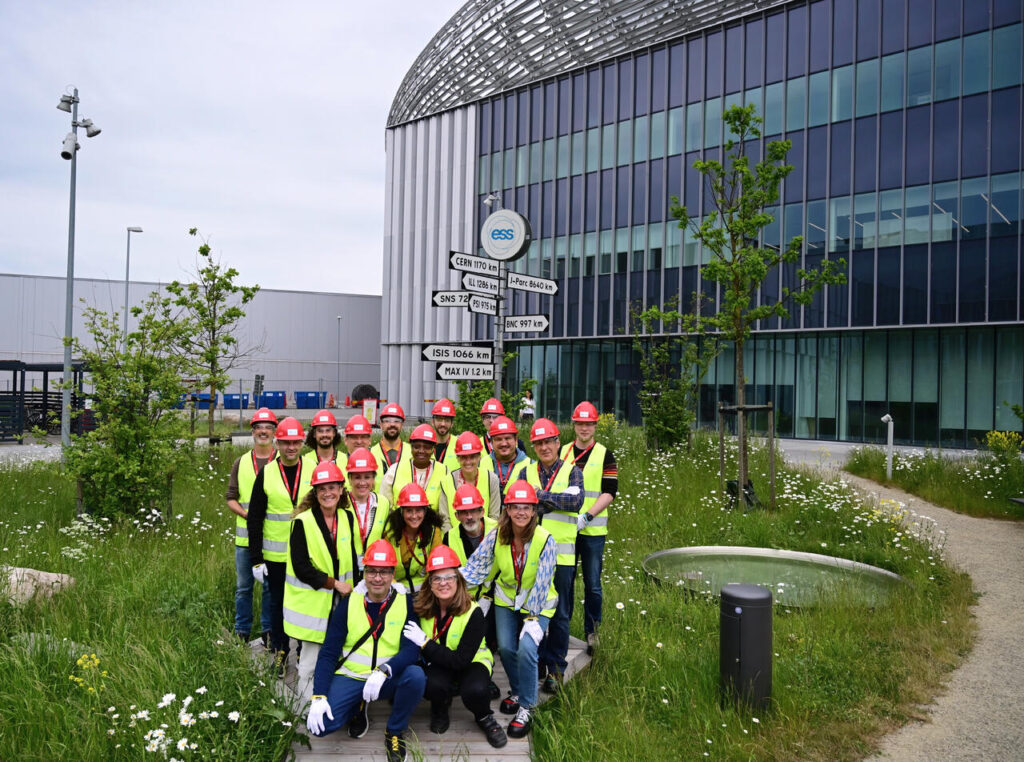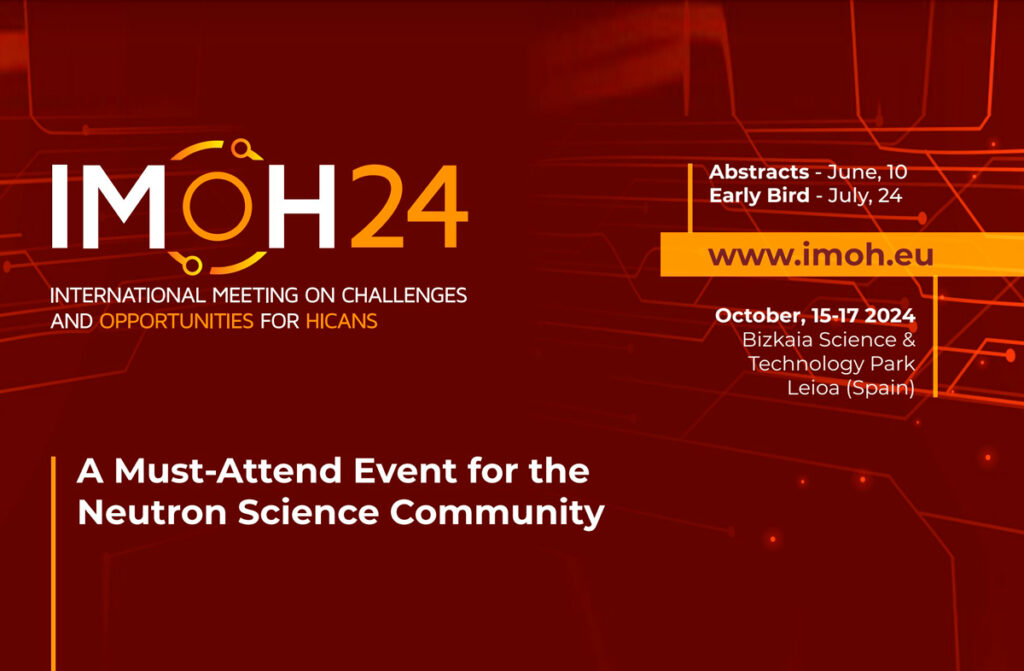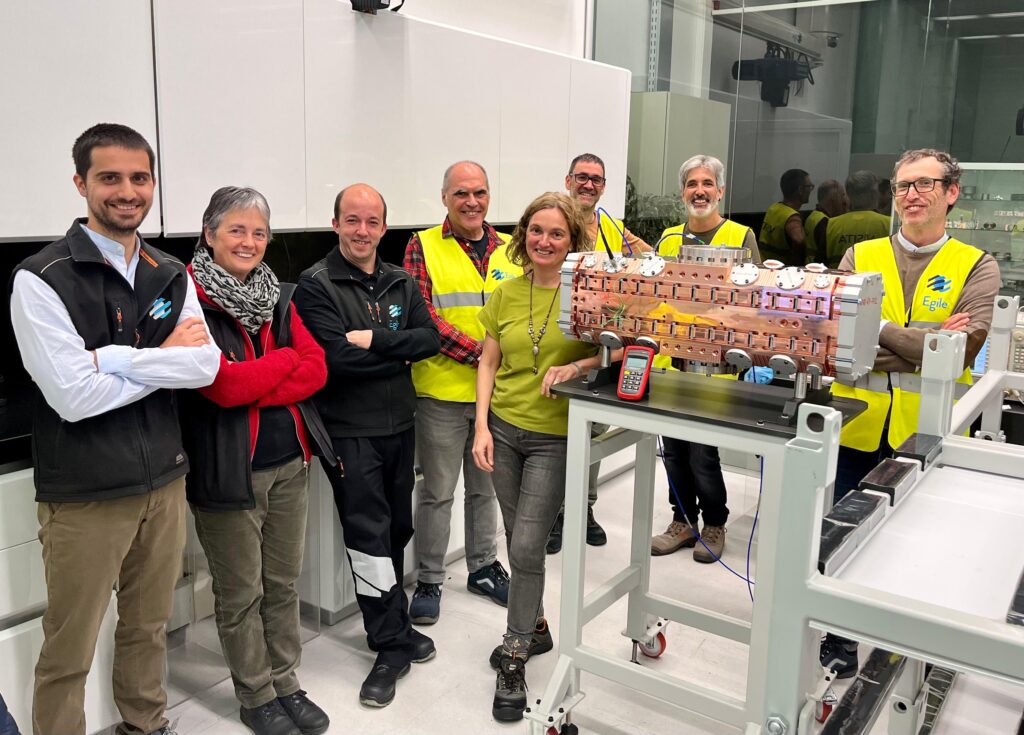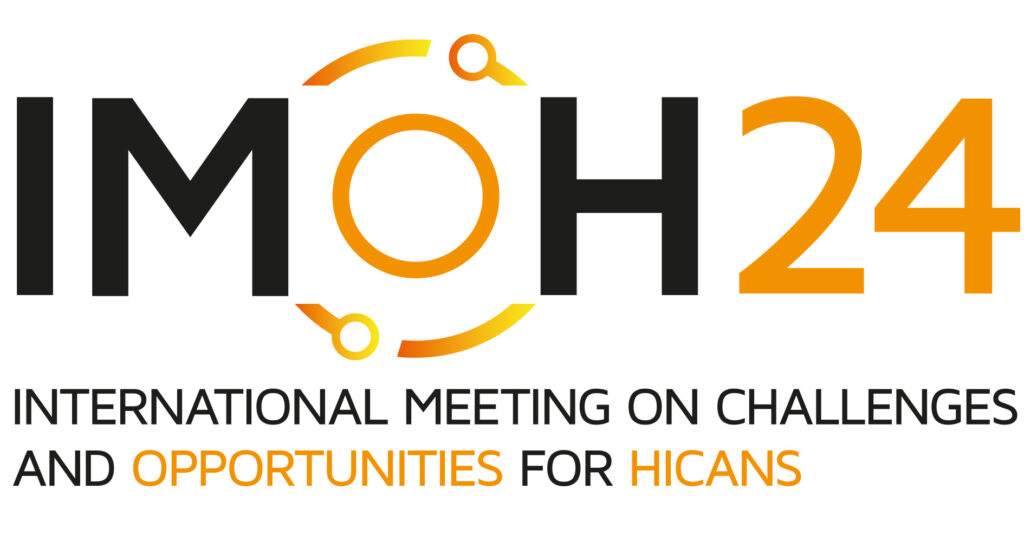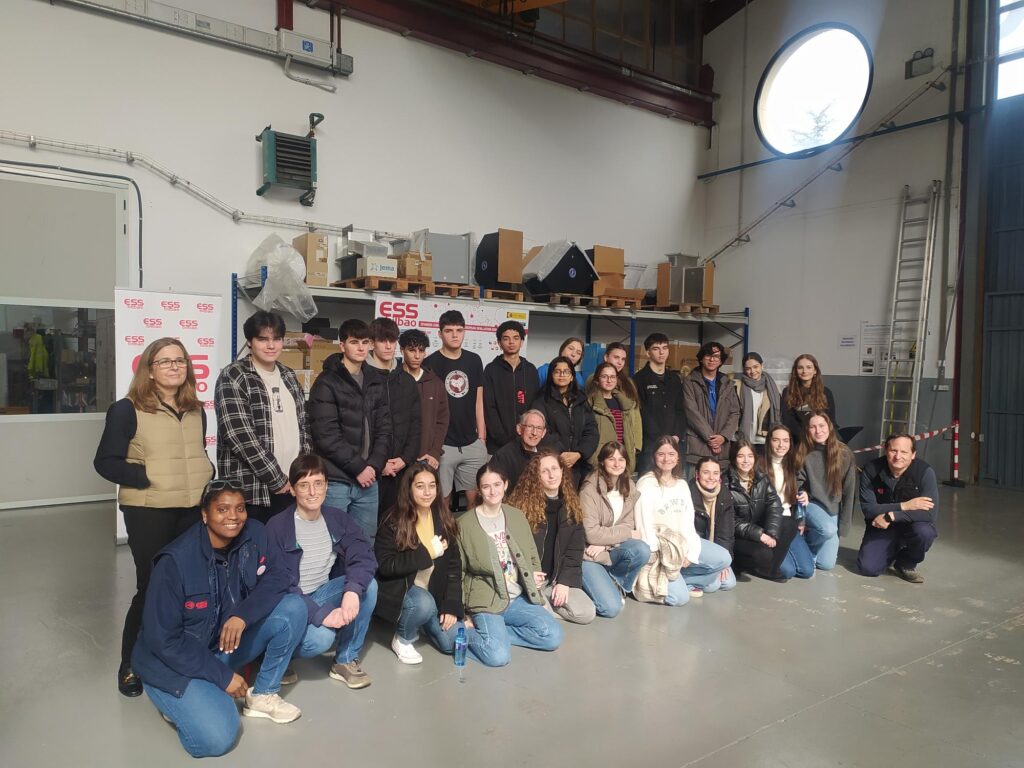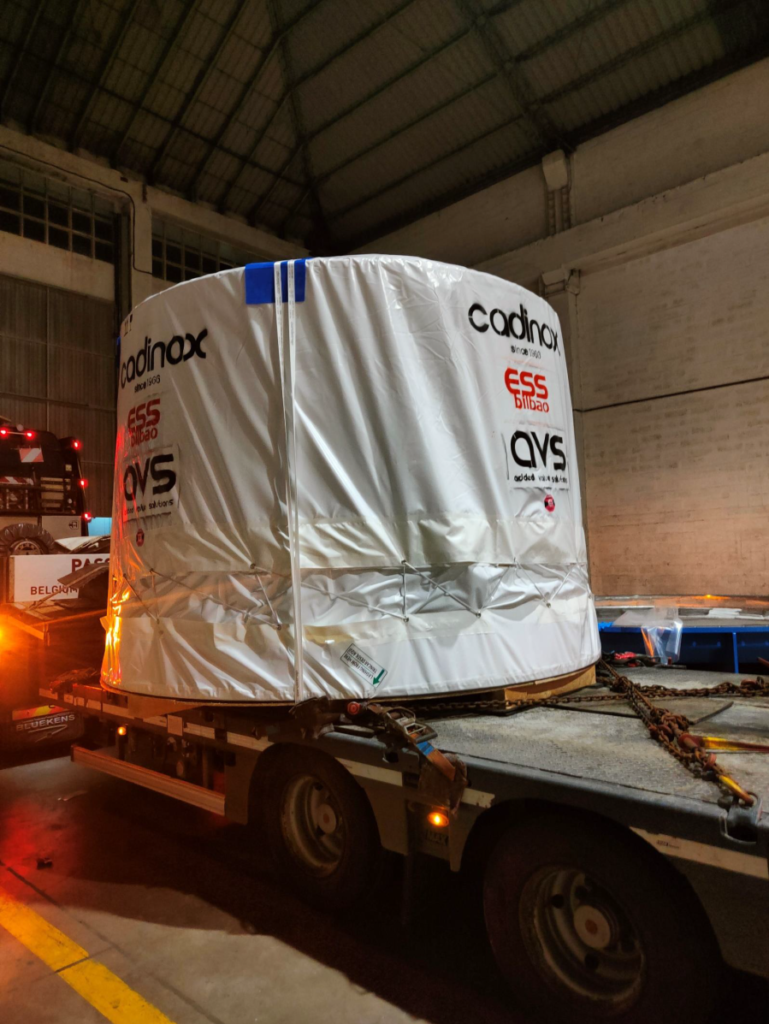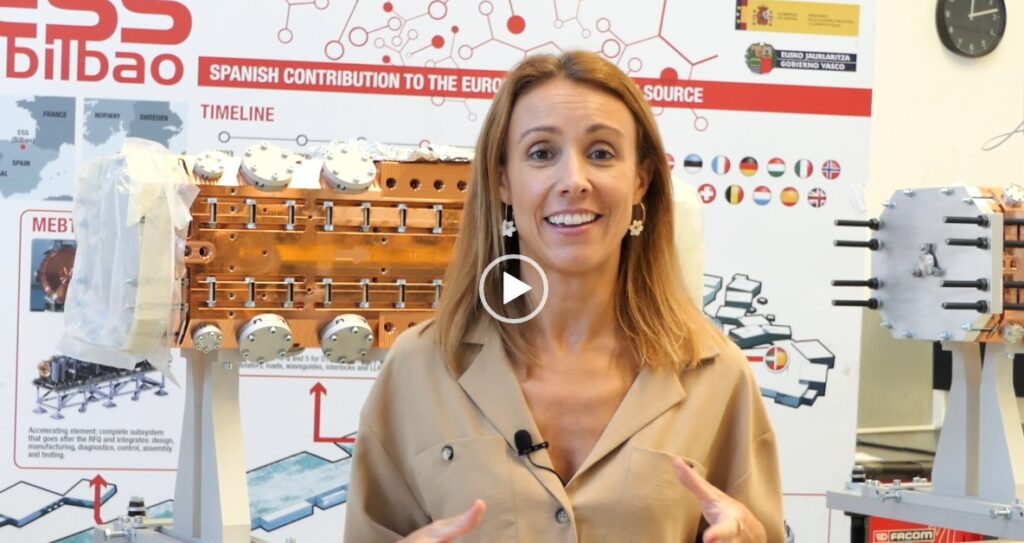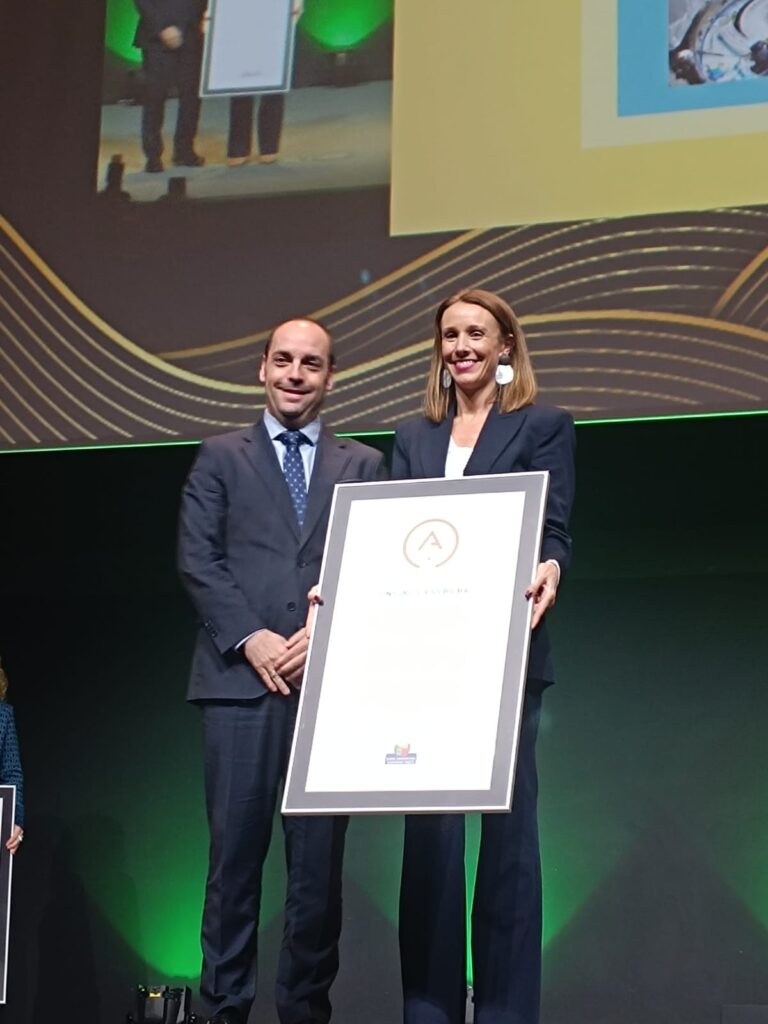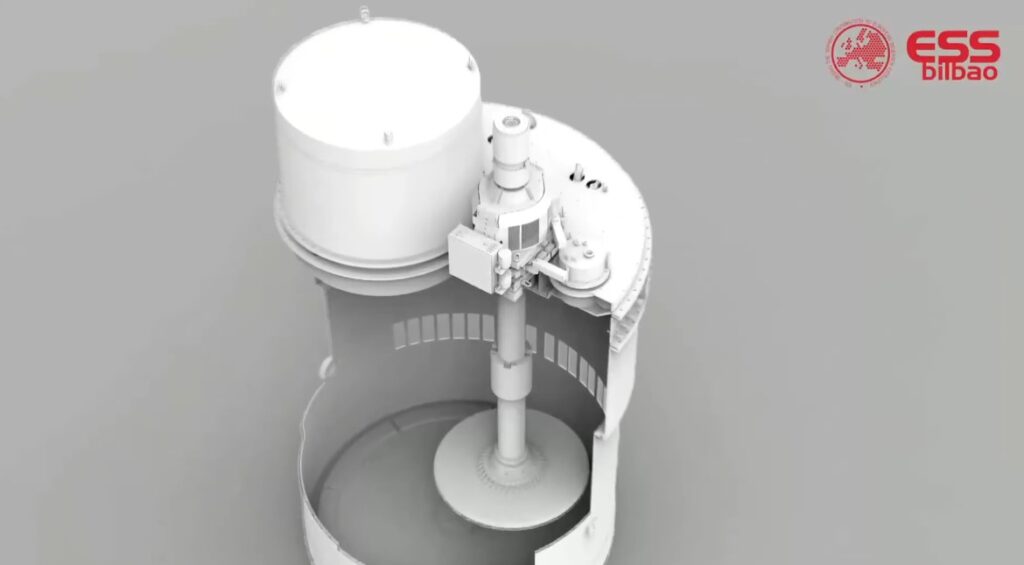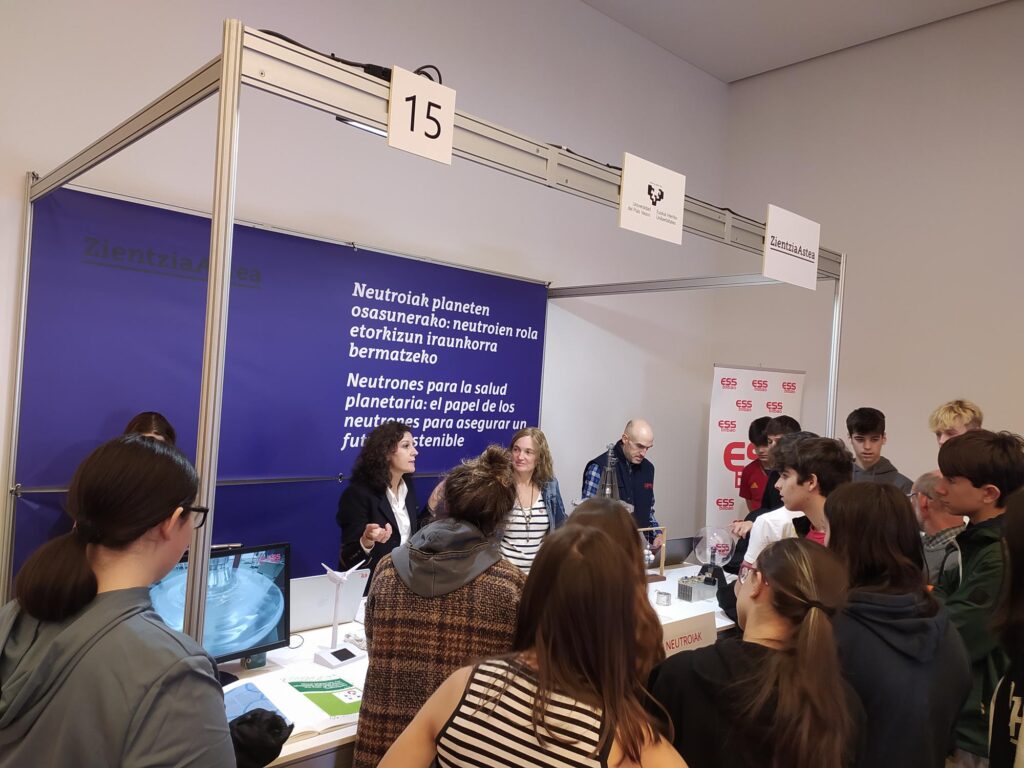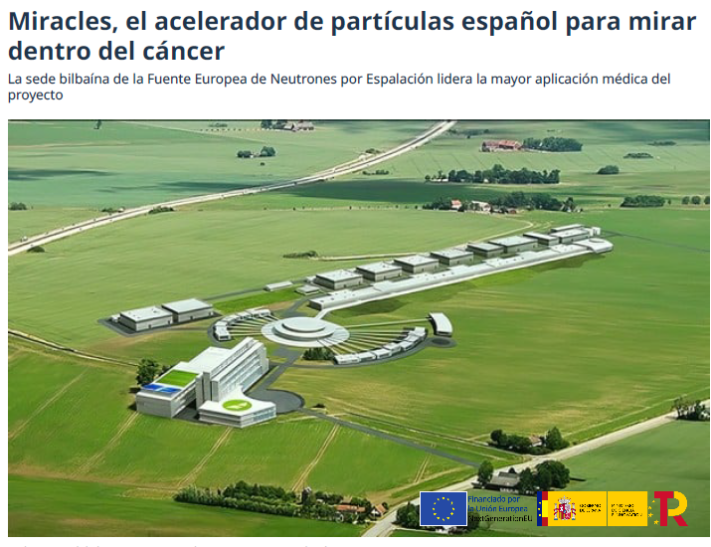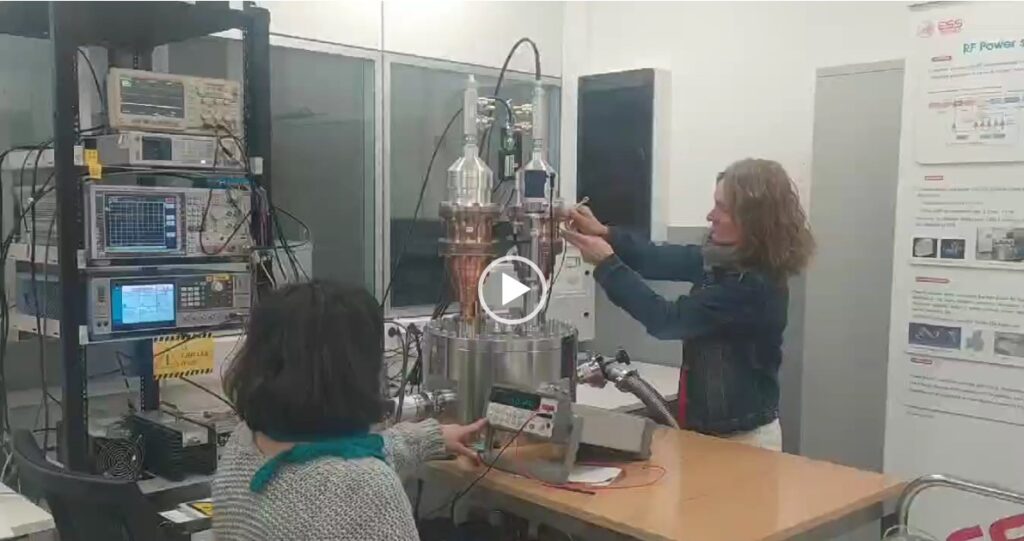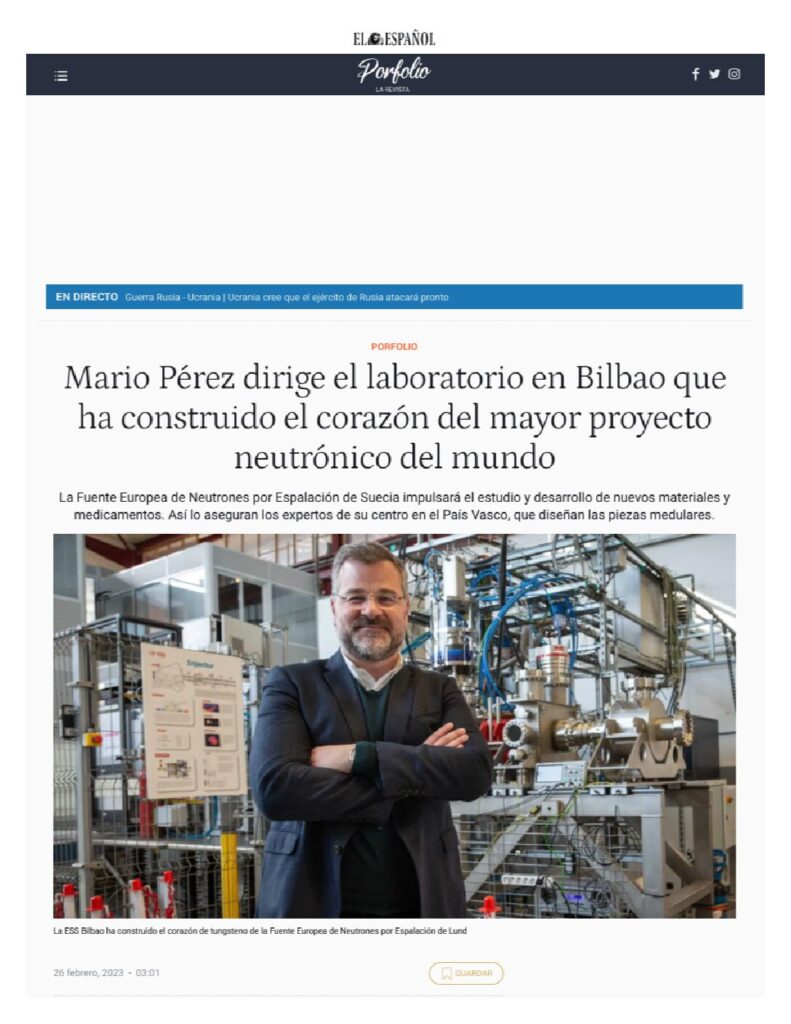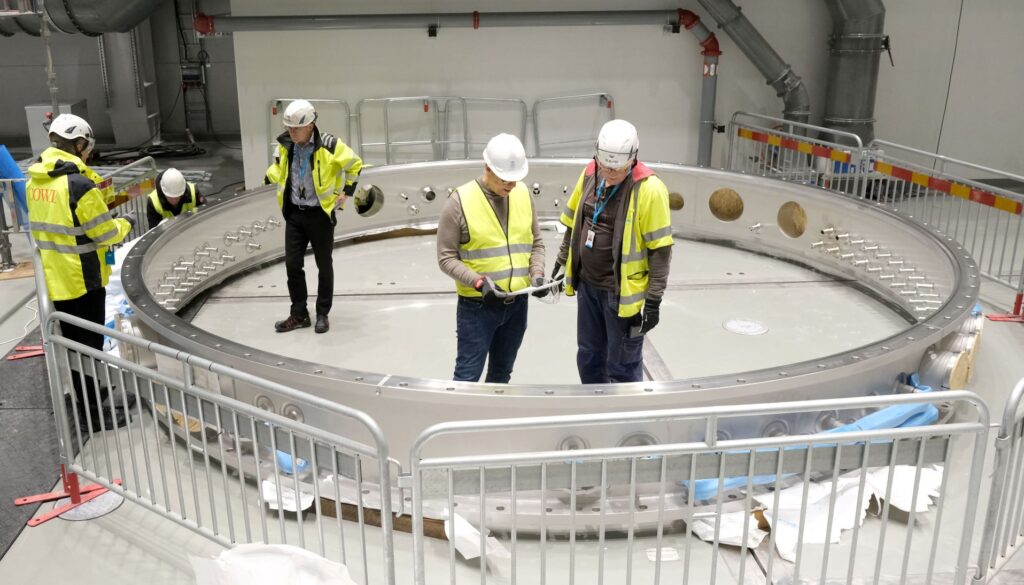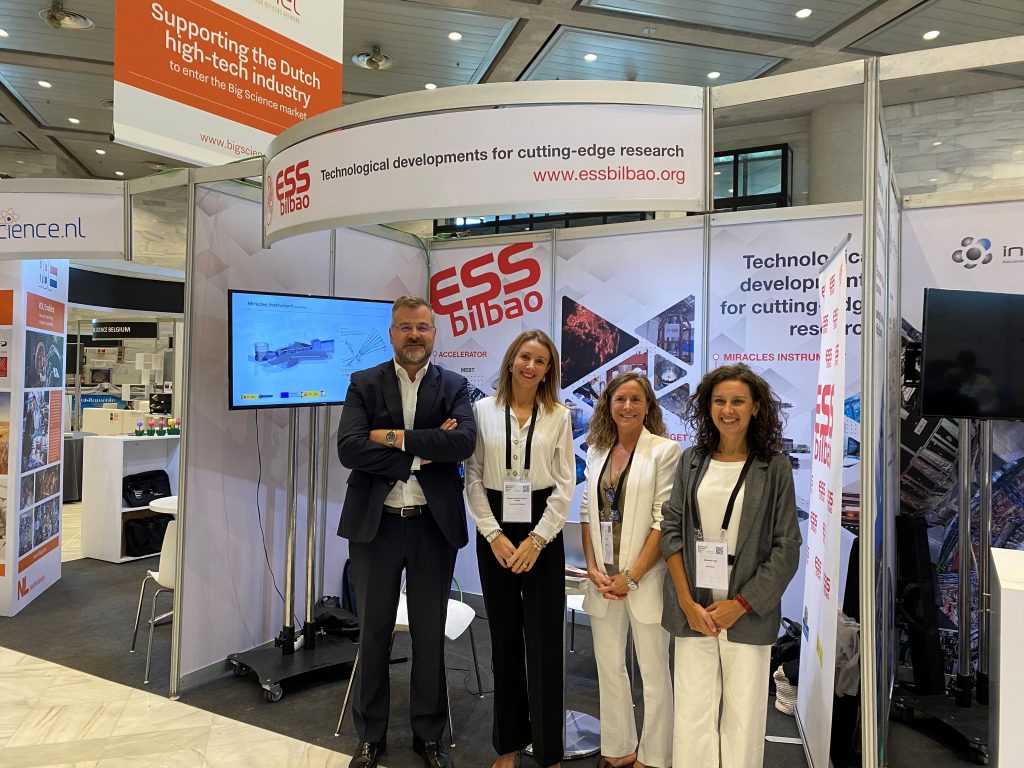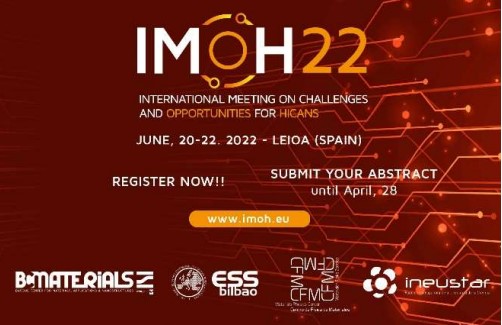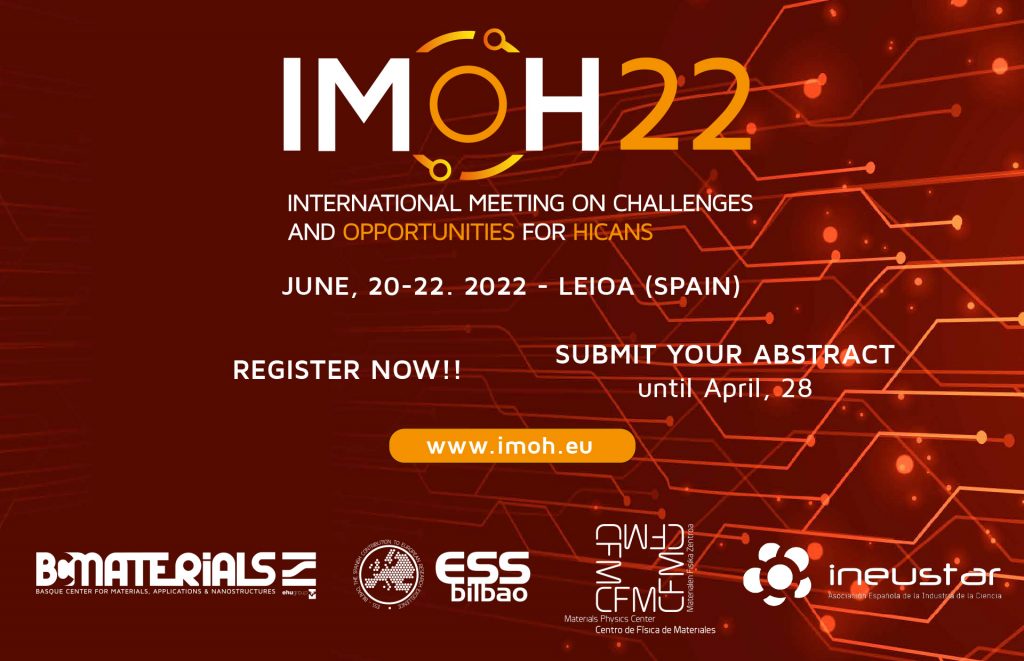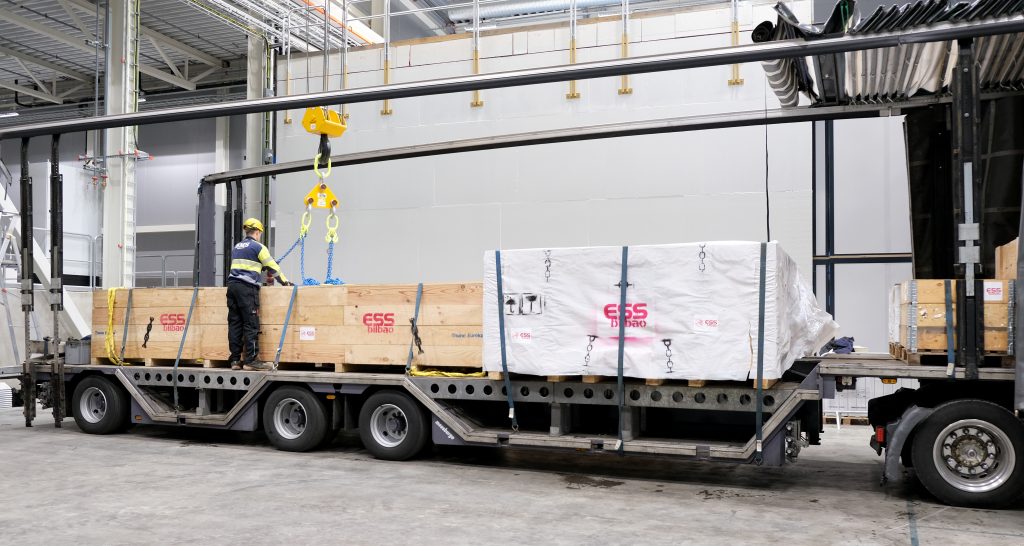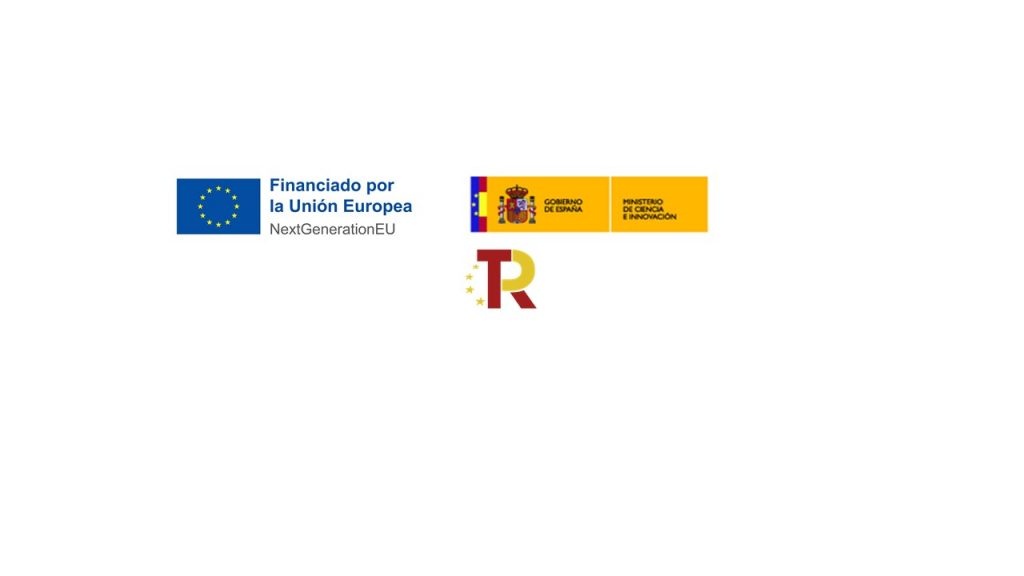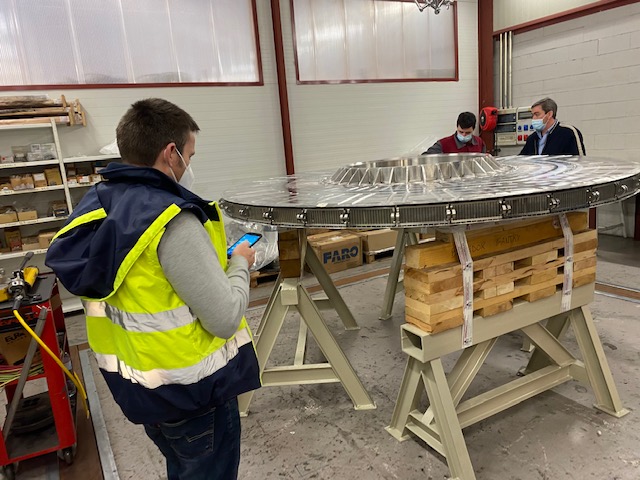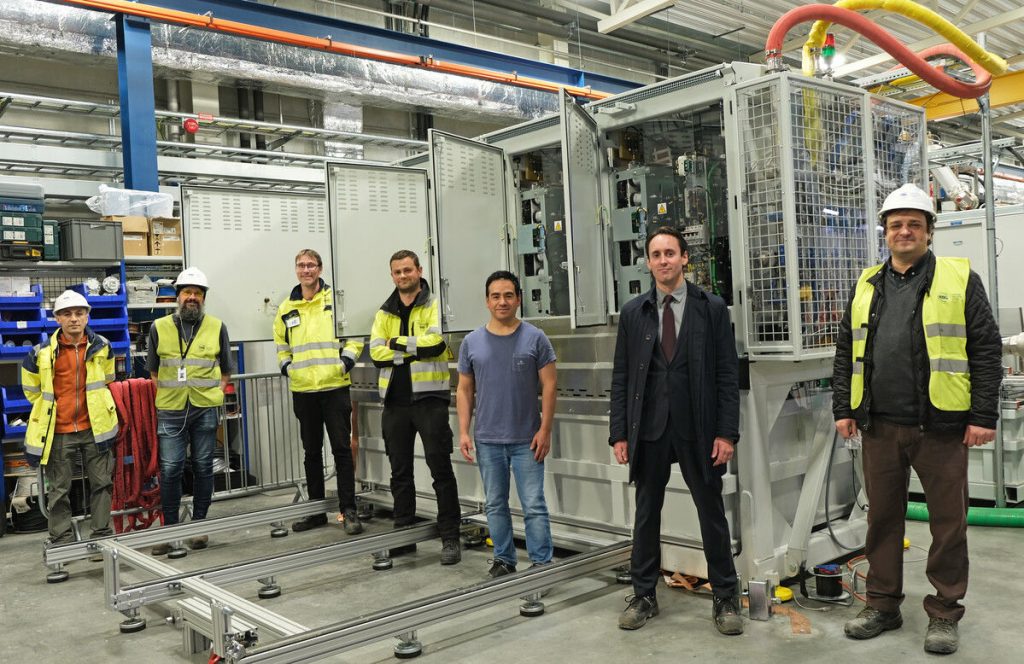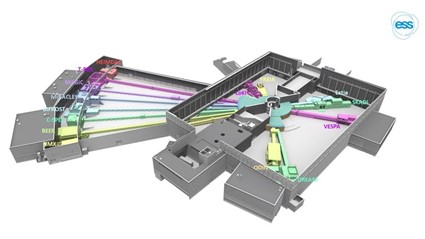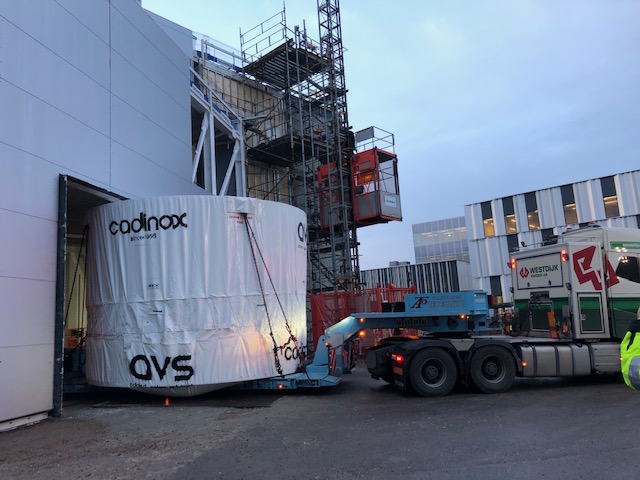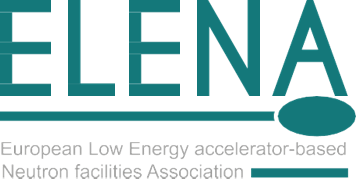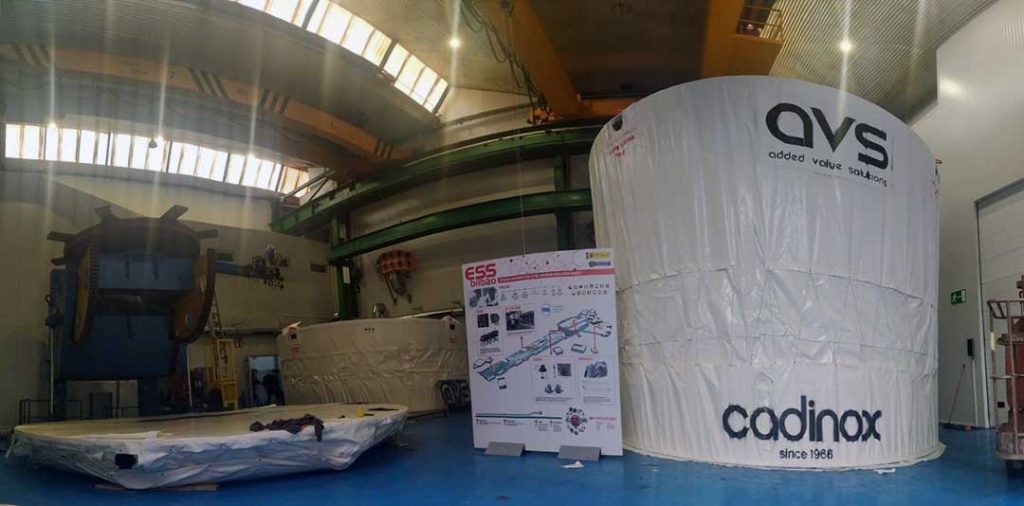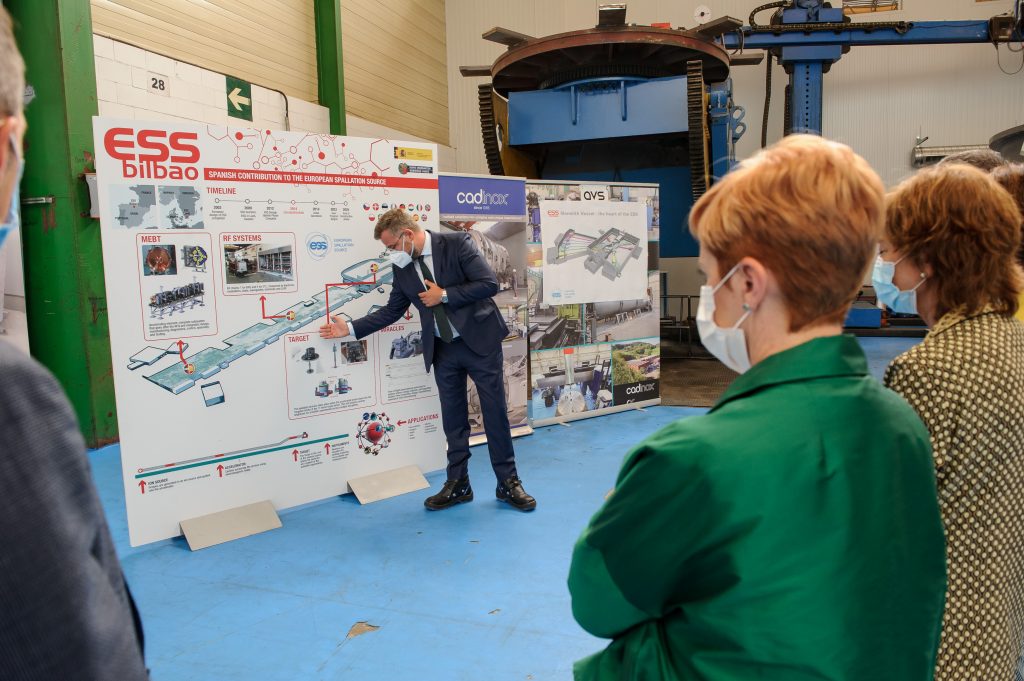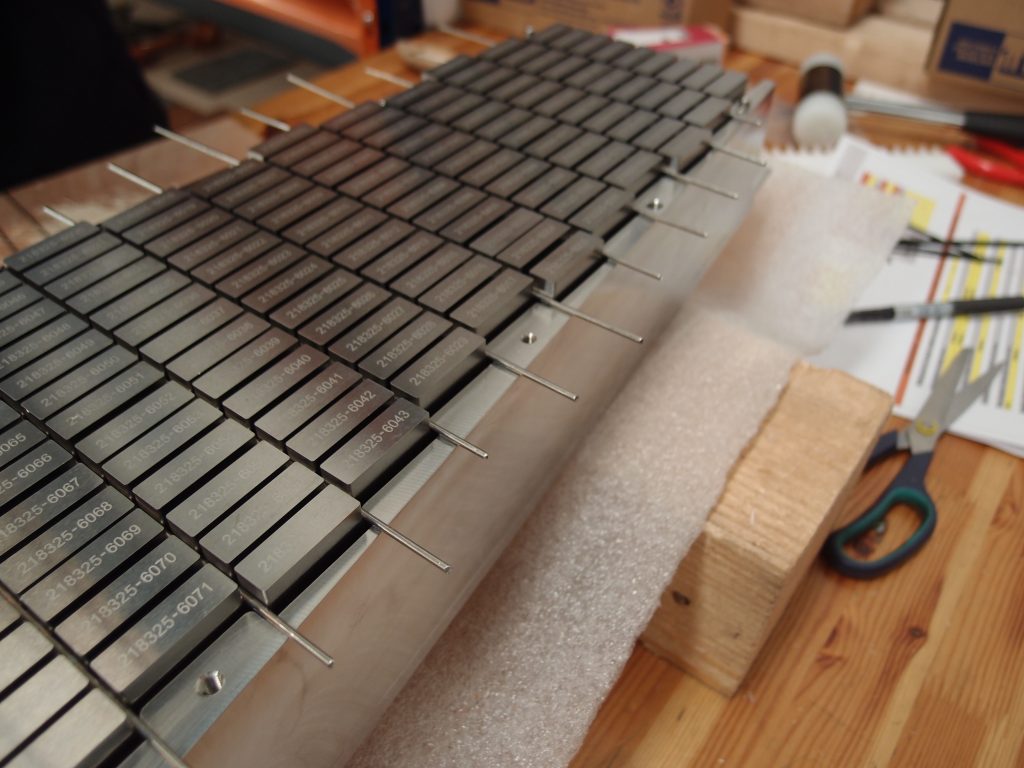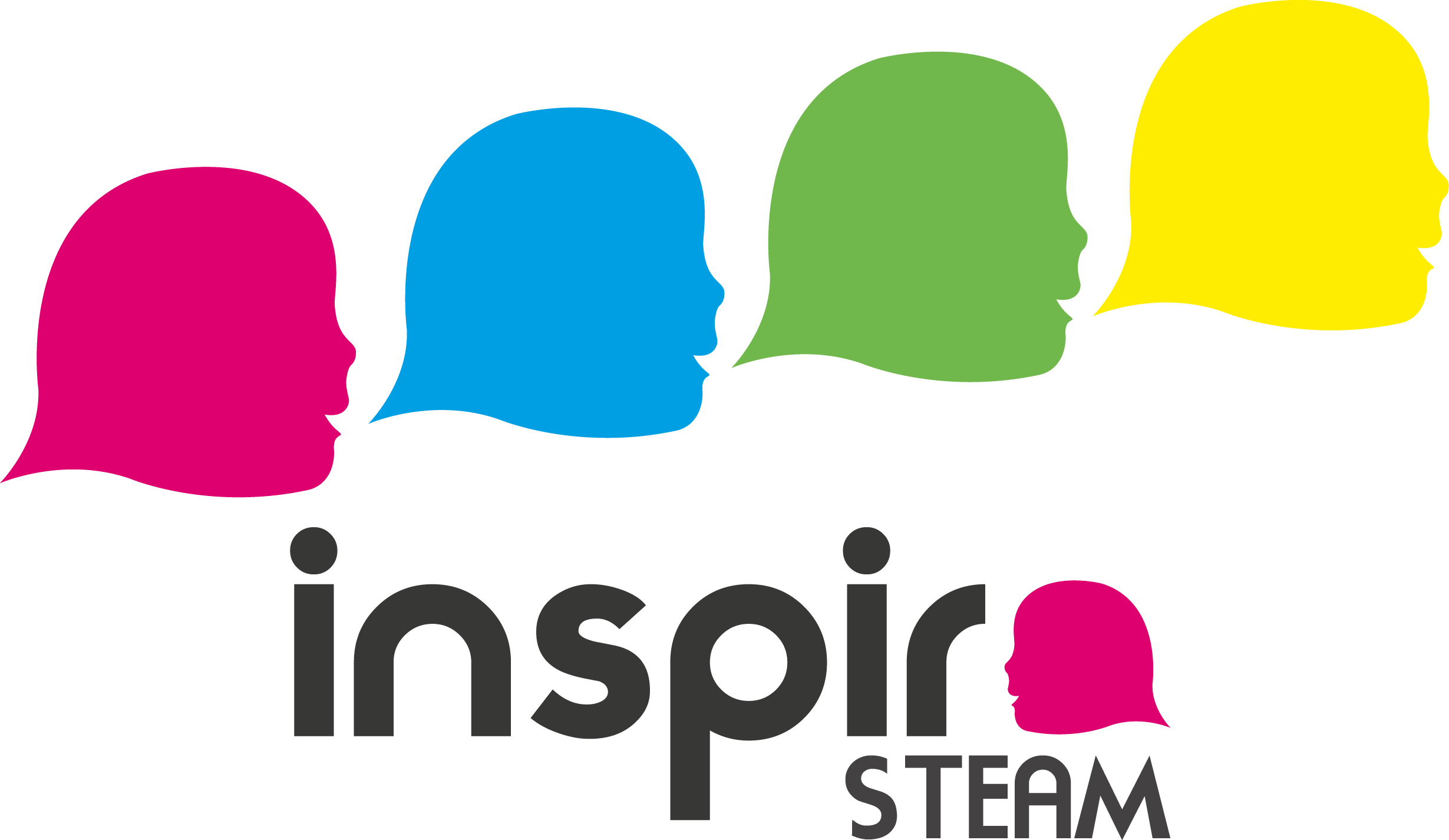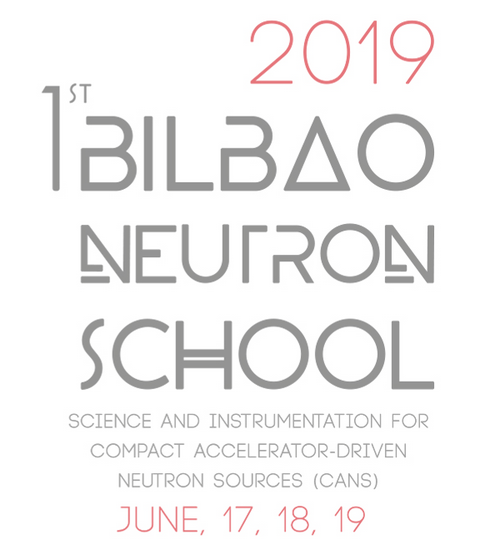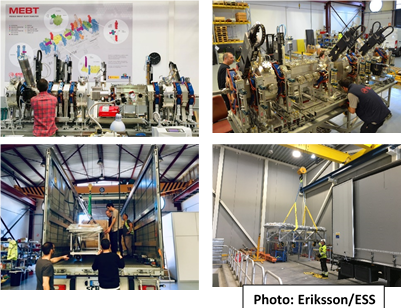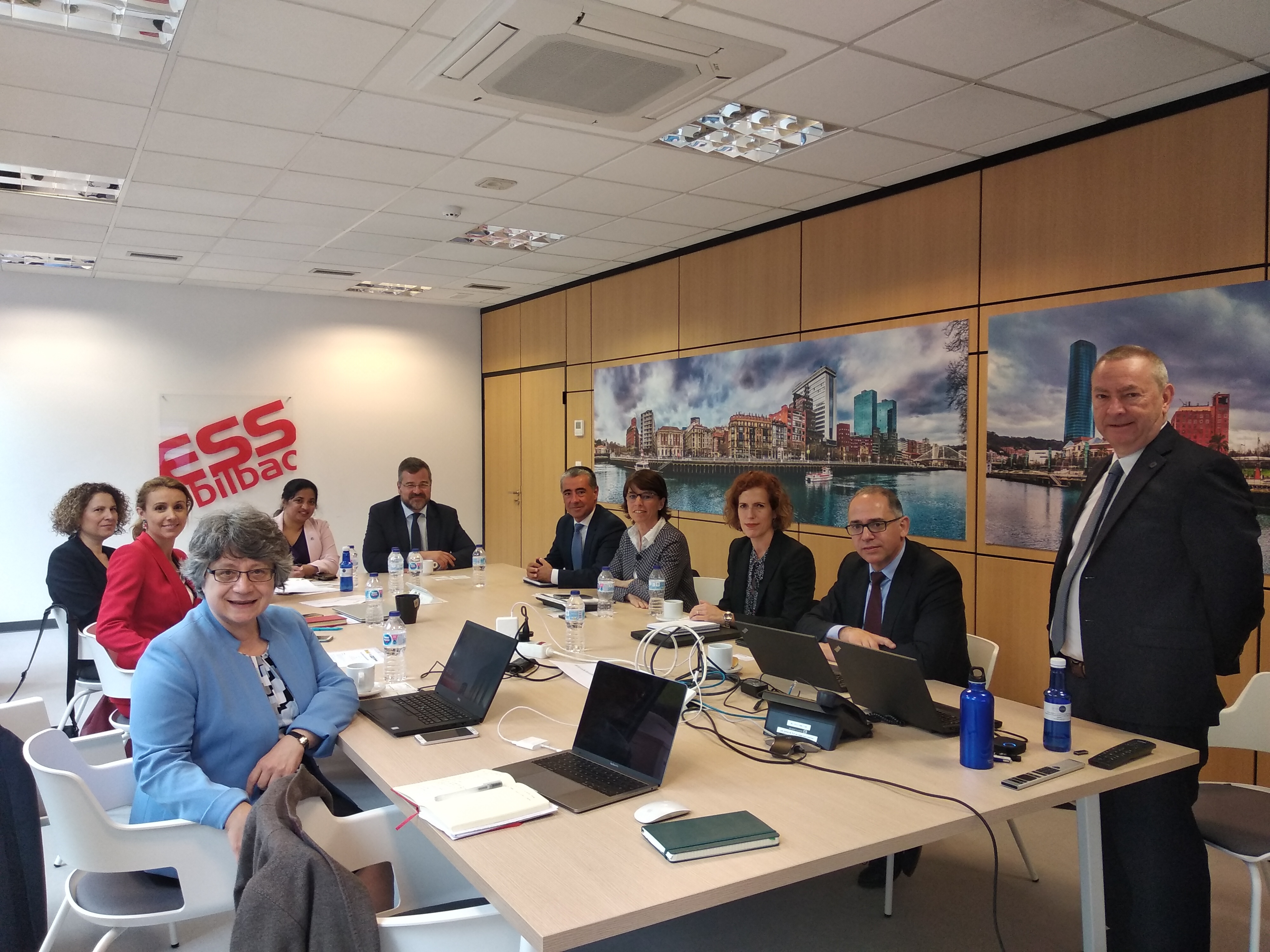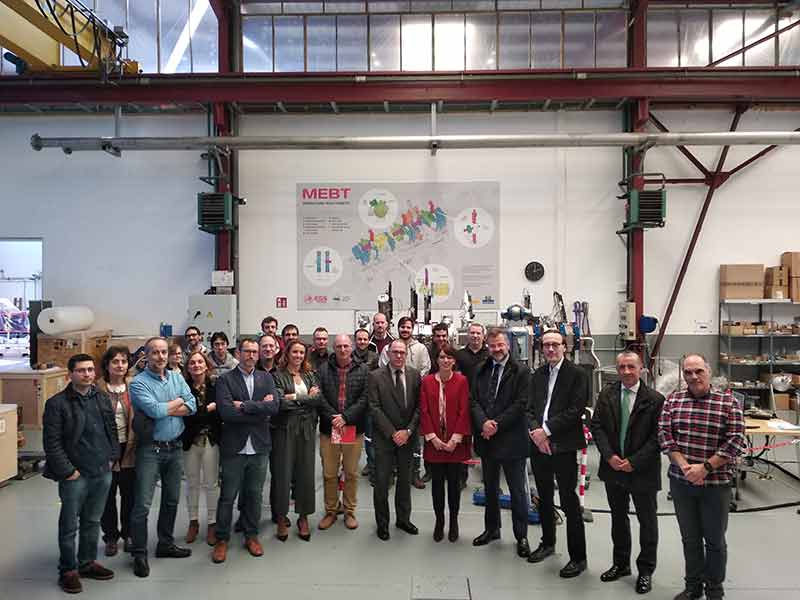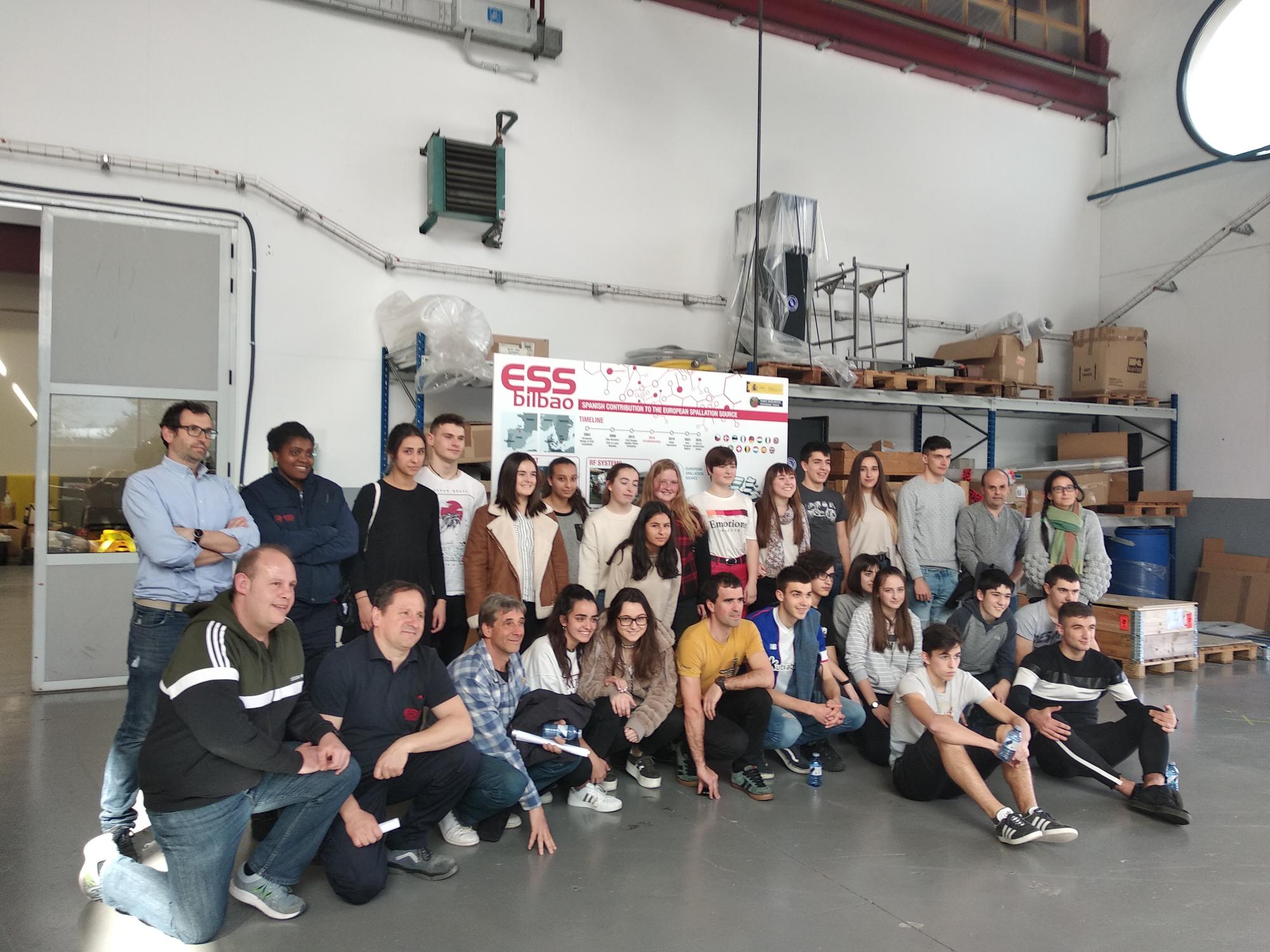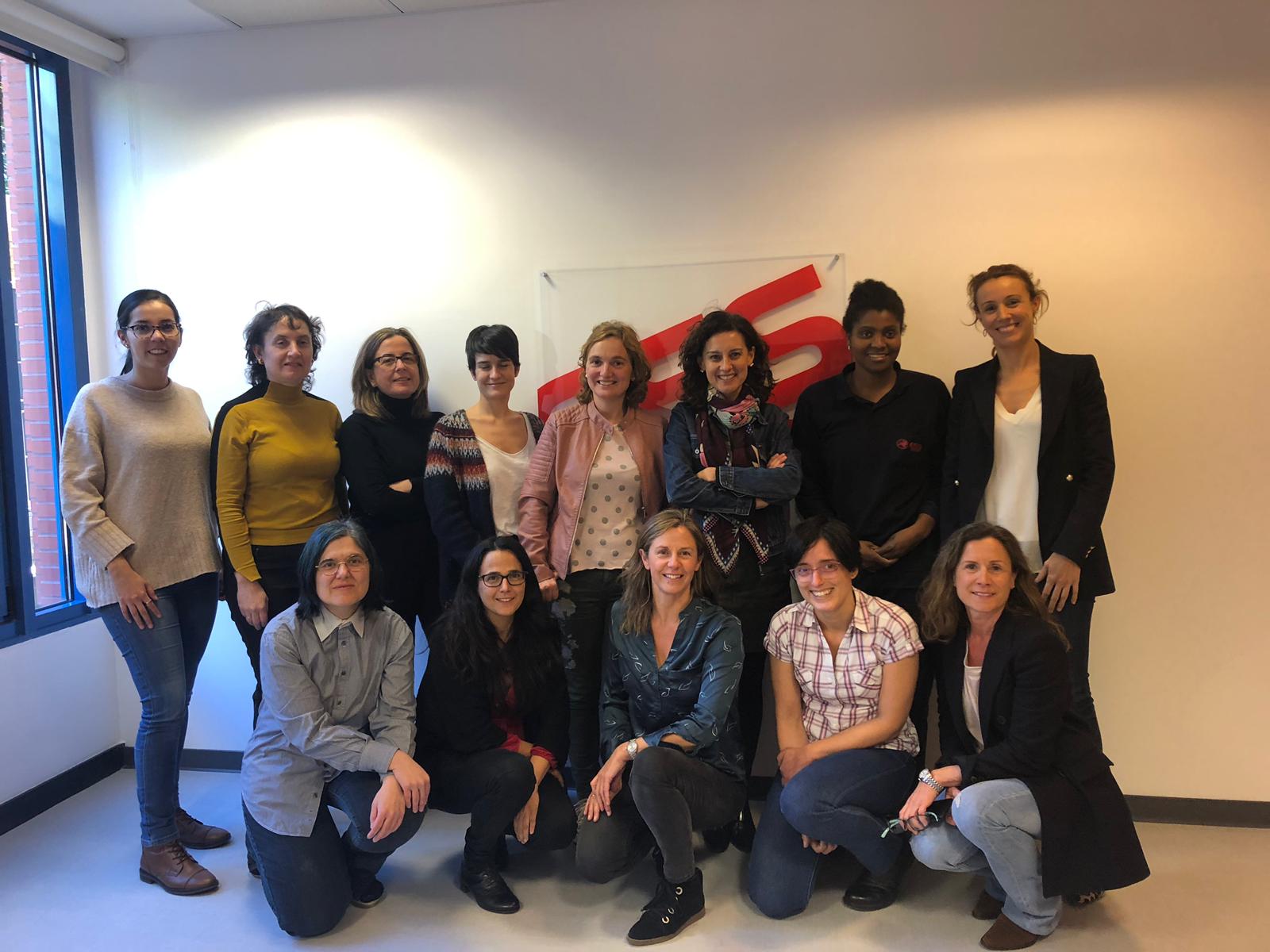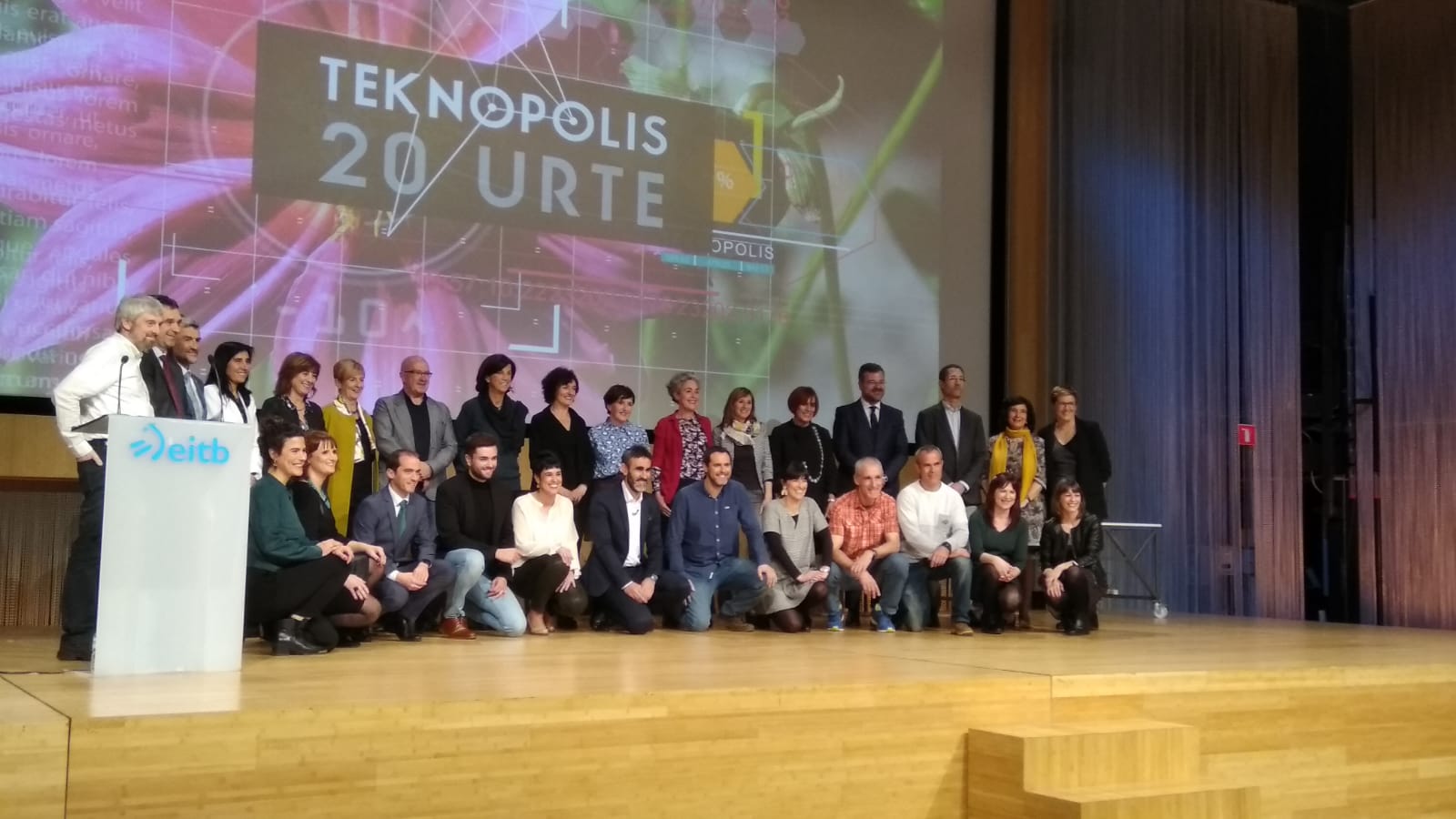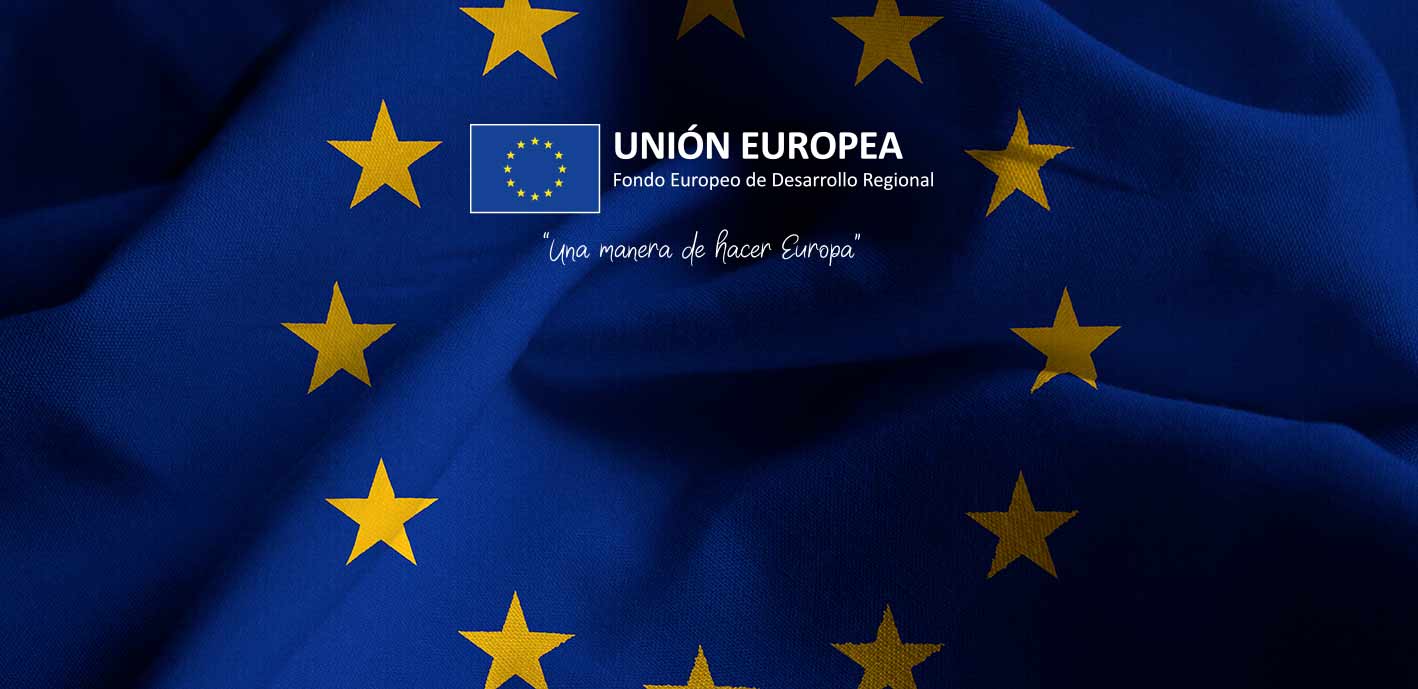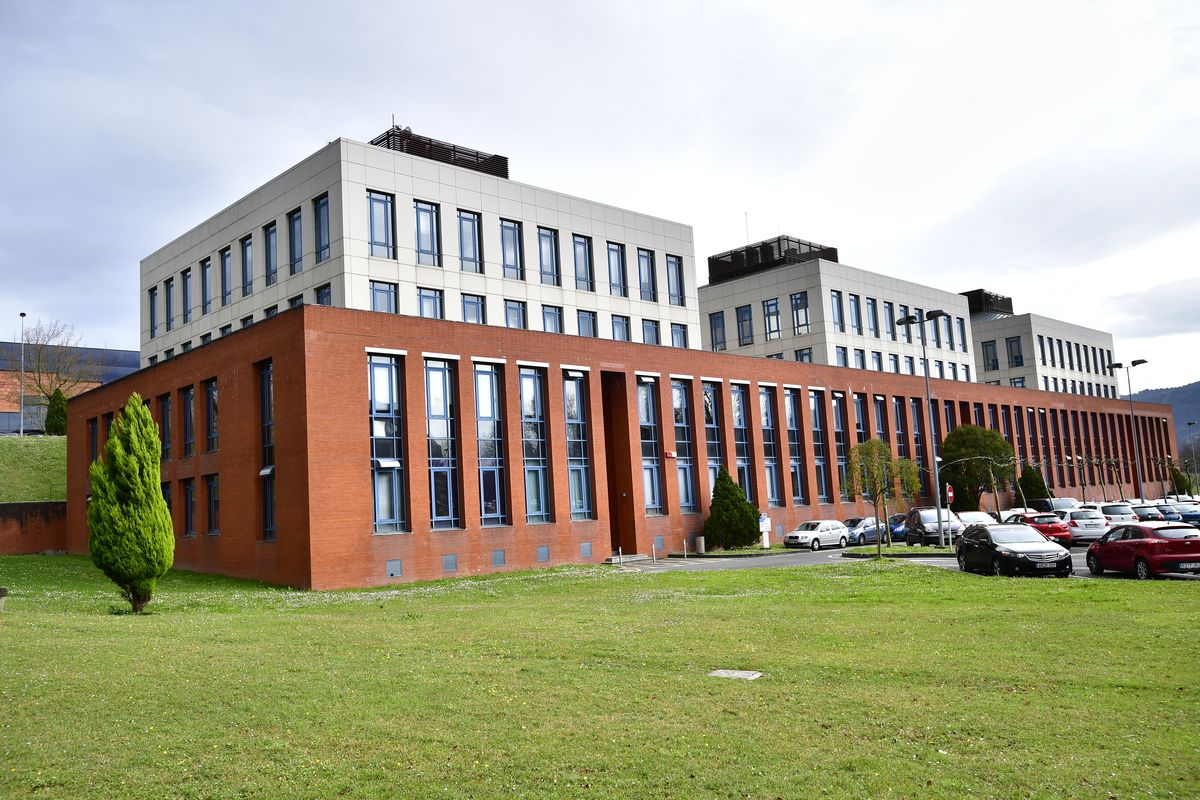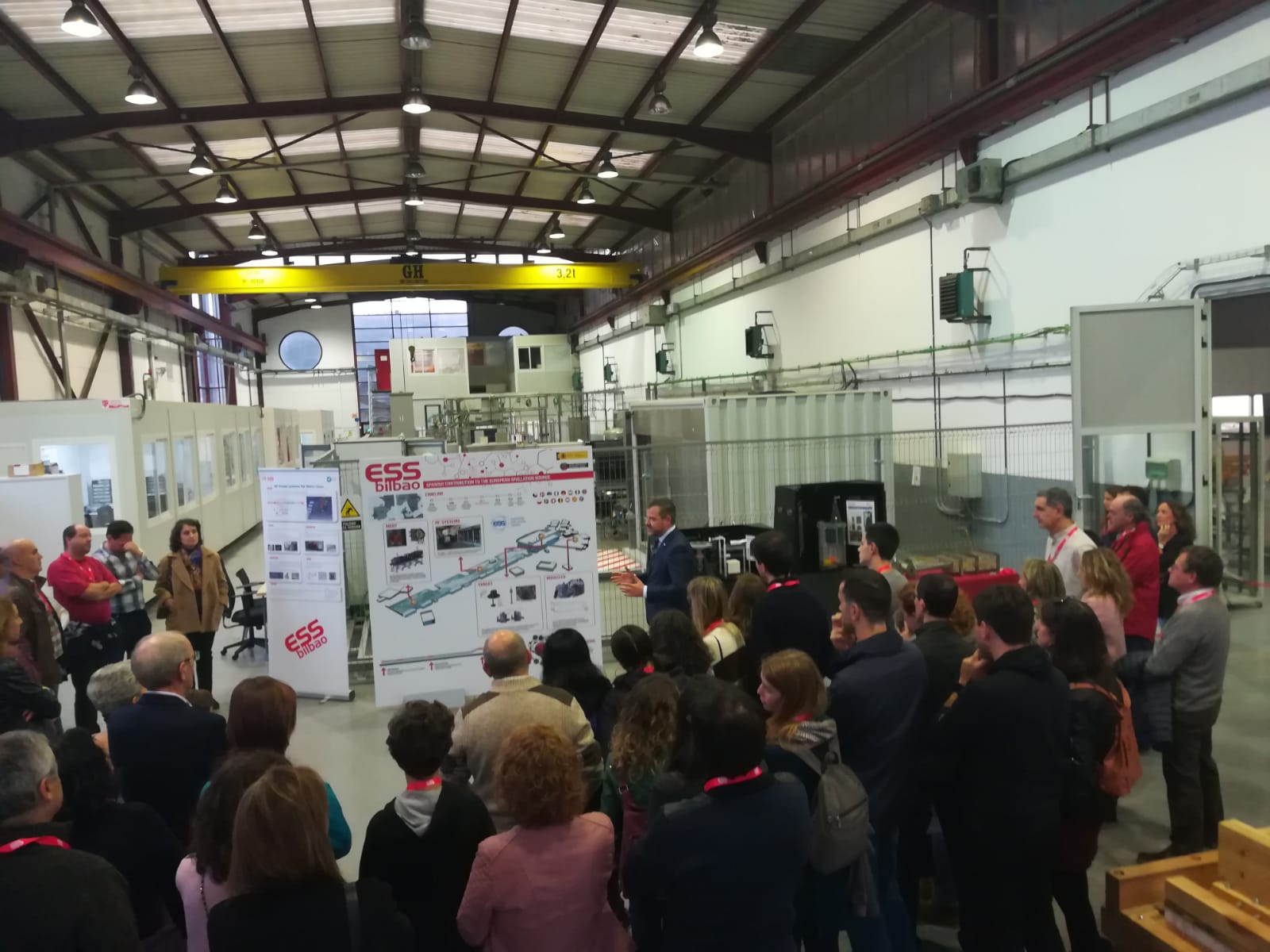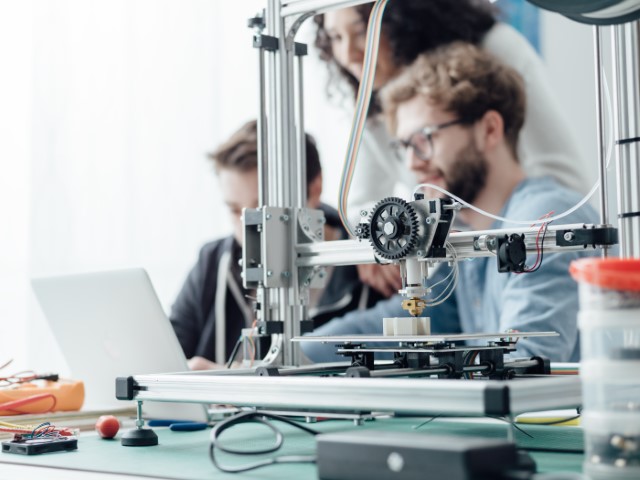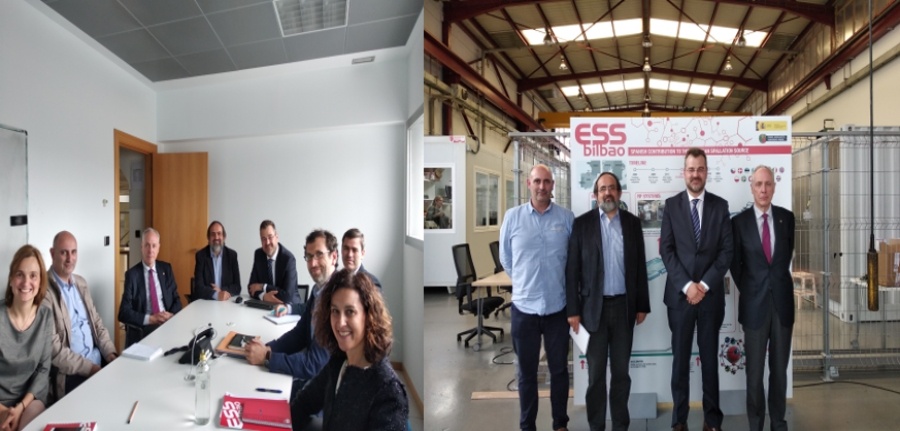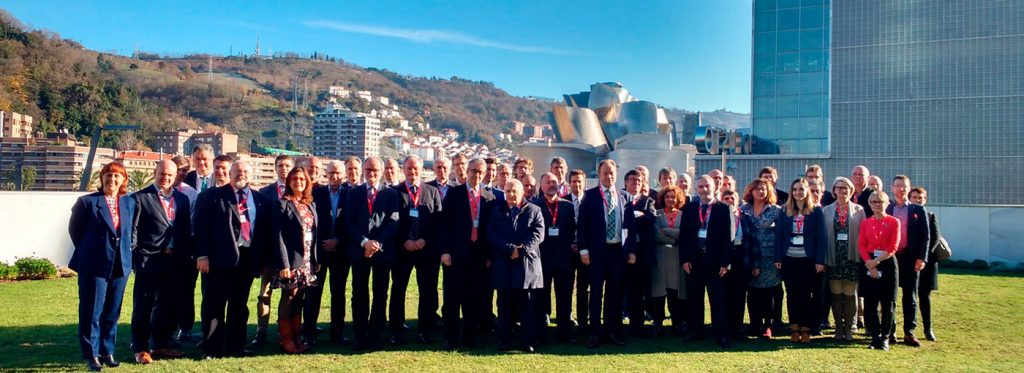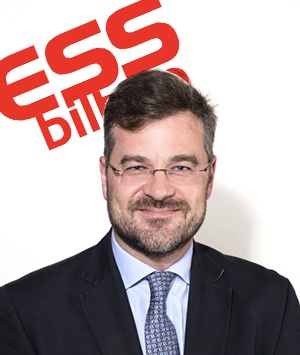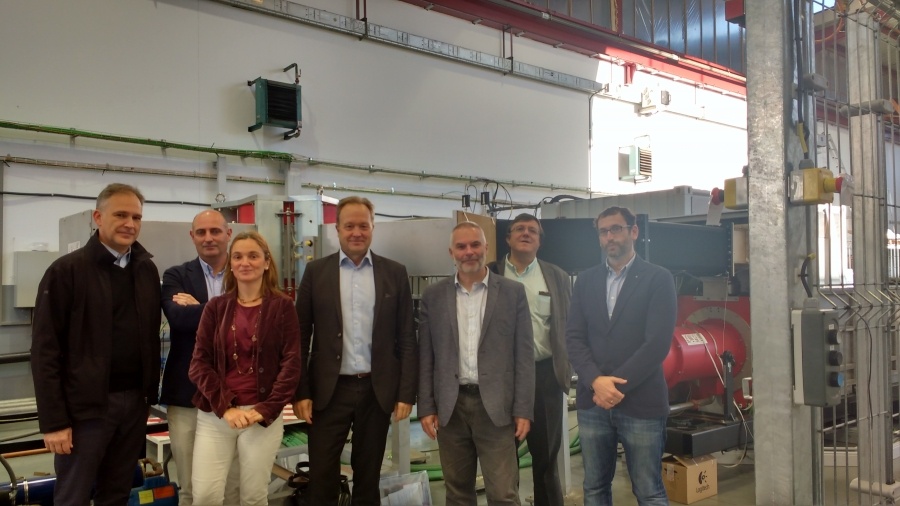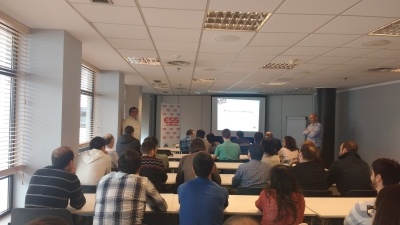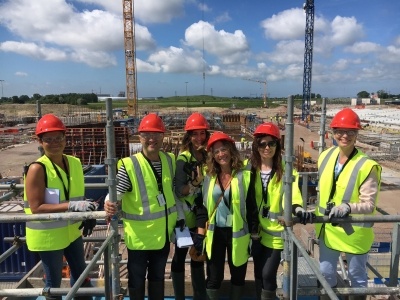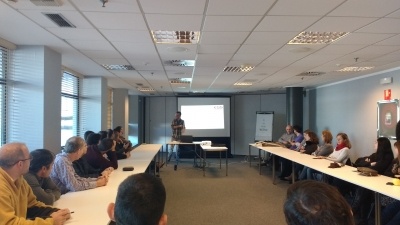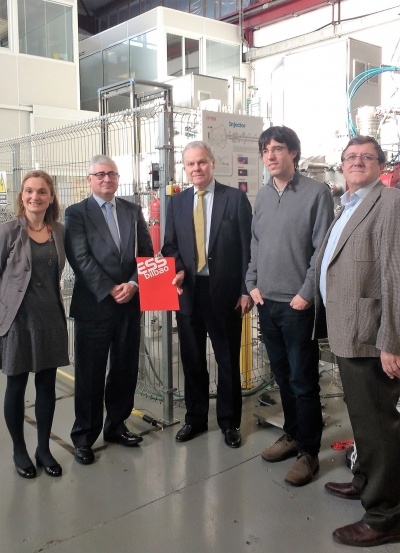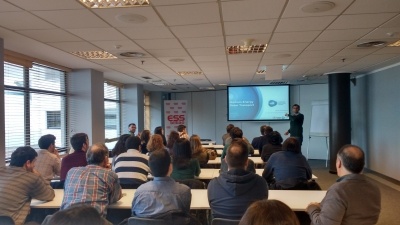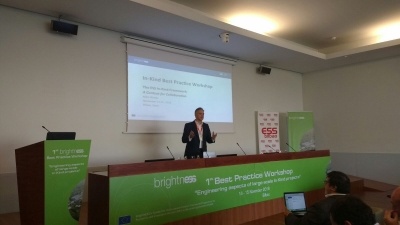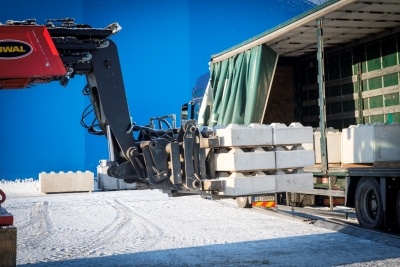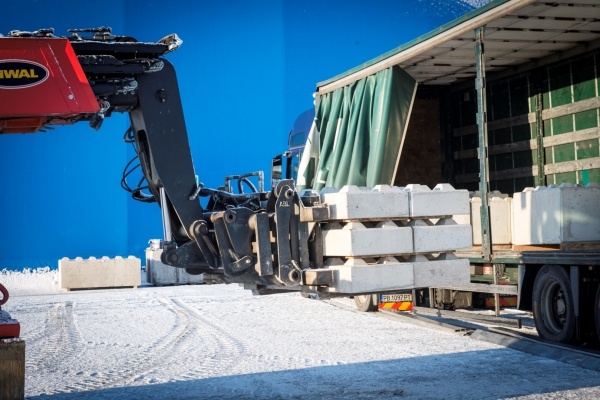PRESS ROOM
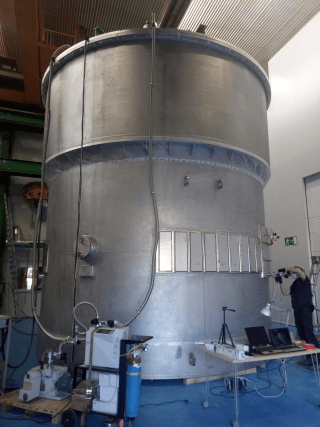
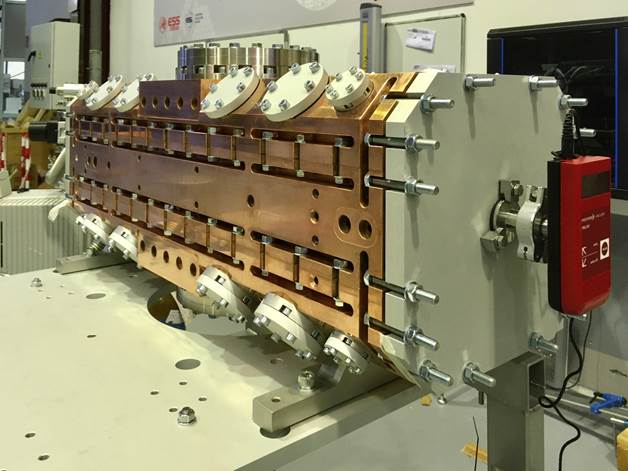

The vacuum tests of the first segment of the ESS Bilbao RFQ have been successfully completed. The RFQ is a linear accelerator that serves as a bridge between high-voltage of the ion source and the Accelerator cavities named DTL. It is a key component since it accelerates protons from 45keV to 3MeV keeping the beam focused. The peculiarity of the ESS Bilbao RFQ, consisting of 4 segments with a total length of about 3 meters, is that the vanes that form each of the segments are assembled with polymeric vacuum gaskets and are not conventionally welded by brazing. This innovative assembly system technology has been previously used in the RFQ manufacturing process of the RAL-ISIS neutron source and reference center in the field.

TRACKS, Radiofrequency Transmitters for Particle Accelerators based on Klystrons and Solid State that contribute to the technological development of society, is an operation of ESS Bilbao co-financed by European Regional Development Funds (FEDER) that is part of the Programa Operativo Plurirregional de España 2014-2020 within the framework of the investment objective in growth and employment to promote research, technological development and innovation. The TRACKS project will improve the infrastructure that ESS Bilbao has in the Basque Country and reinforce the human resources dedicated to R+D+i.

More than fifty people have visited this afternoon the facilities that the ESS Bilbao Consortium has in the Zamudio Technology Park, where they have been able to see first-hand the scientific and technological advances that the team of physicists and engineers are carrying to contribute to the project of the European Spallation Neutron Source (ESS). Scientific and technological infrastructure for the study of the largest materials currently being built in Europe.

The Council of the European Spallation Source has ratified the accession of Spain as a founding member with full rights in the consortium participated by 15 members and observer’s European countries, committed in the construction of the most important scientific-technological infrastructure that Europe will have in the next decade.
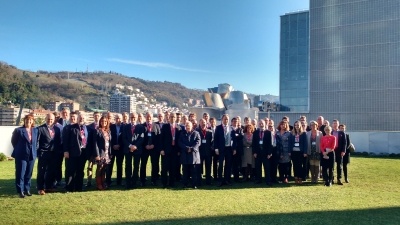

The European Spallation Source Council reaffirms the importance of Spain as a partner country and supports its imminent entry in the ERIC Bilbao event, from 5th to 6th December 2016. The European Spallation Source ERIC Council, in a meeting held in Bilbao, has reiterated the importance for the European project of the entry of Spain as a founding member of the European Research Infrastructure Consortium -ERIC- of ESS.


El Consejo de la European Spallation Source reitera la relevancia de España como país socio y avala su entrada inminente en el ERIC Bilbao, 5 y 6 de diciembre de 2016.- El Consejo de la European Spallation Source ERIC, en su reunión celebra en Bilbao, ha reiterado la importancia que para el proyecto europeo supone la entrada de España como miembro socio fundador en el European Research Infrastructure Consortium -ERIC- de la ESS.

Fisrt BrightnESS* Best Practice Workshop on engineering aspect of large-scale In-Kind projects
Supported by the European Spallation Source ERIC, Elettra Sincrotrone and ESS Bilbao
Around one hundred scientists from Europe will be coming to Bilbao to discuss the implementation of best practises in engineering protocols for large-scale science projects



The European Spallation Source marked an important milestone today at the construction site in Lund. Now the organisation is a European Research Infrastructure Consortium (ERIC), a type of legal entity created by the European Commission for governing international research facilities. The European Commission’s Director-General for Research and Innovation, Robert-Jan Smits handed over the official ‘plates’ of the ERIC from the Commission to ESS. He was joined by the Swedish Research Minister Helene Hellmark Knutsson, and her Danish counterpart Esben Lunde Larsen, as well as representatives from the partner countries.


